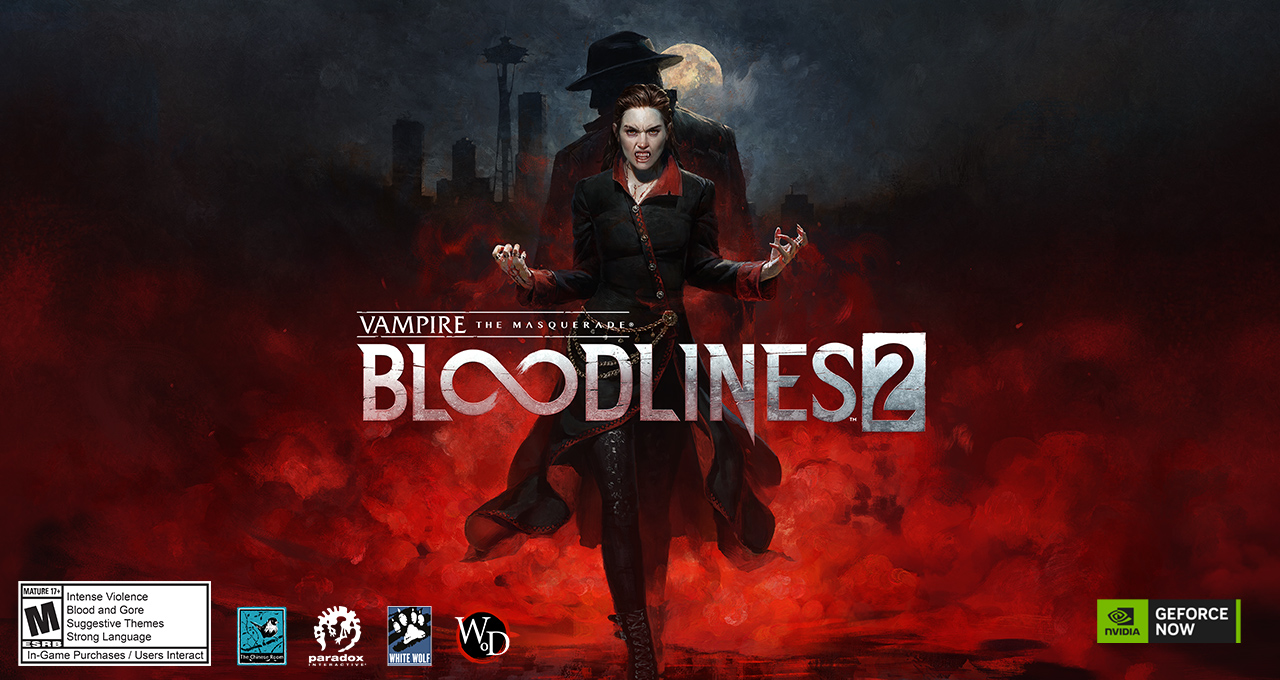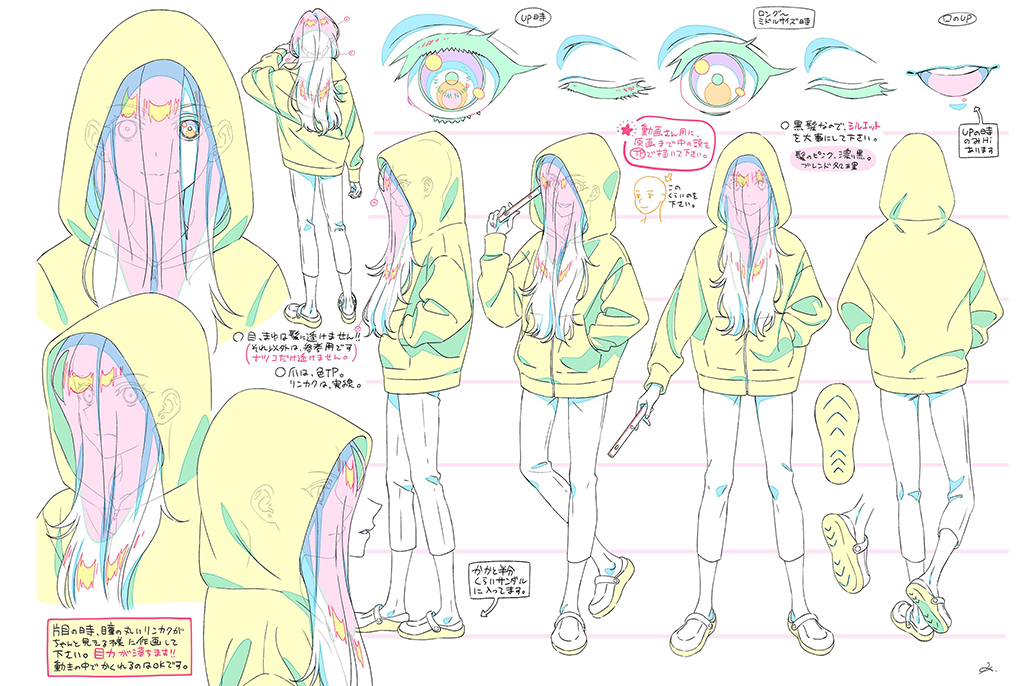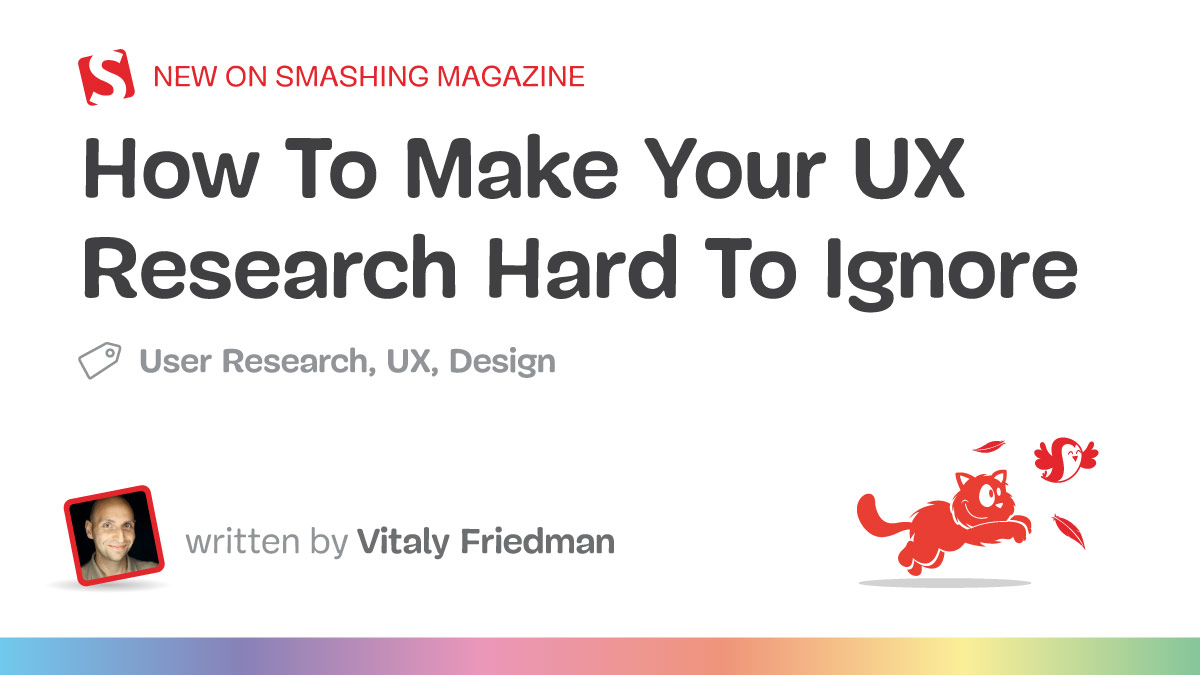vfxvoice.com
By TREVOR HOGGImages courtesy of MAPPA.In most cases, an anime project is based on an original manga, but MAPPA decided to take a different approach from Chainsaw Man and Hells Paradise: Jigokuraku and come up with their own IP called Zenshu. The title translates to redo everything, which is a term often used in the anime industry, and is appropriate given that the story revolves around wunderkind animator and director Natsuko Hirose struggling to meet expectations and deadlines for her latest production, only to find herself becoming a character within her favorite movie A Tale of Perishing. The instrument of magic is not a wand or a sword but a peg bar used to keep animation drawings aligned, which allows the protagonist, Natsuko Hirose, to literally bring her illustrations to life. The Isekai series, streaming on Crunchyroll, consists of 12 episodes and was created by Mitsue Yamazaki and Kimiko Ueno. The original character designs were by Yoshiteru Tsujino and subsequently adapted for animation by Kayoko Ishikawa, who has previously worked on Saraznmai,Aikatsui! and Uchitama?! doing everything from storyboards, prop and costume design, color coordination and direction.Key attributes of Natsuko Hirose are her hoodie, long black hair and big blue eyes.[The animation style] also expresses the trials and struggles, the sincerity and joy experienced by the new generation of creators as they try to shape the future of animation; that spirit itself is reflected in the animation style. At its core, I believe these feelings are something that can resonate across different countries, eras, races and professions.Kayoko Ishikawa, Character Designer & Chief Animation DirectorSince we already had Tsujino-sans original character concept design, I didnt feel there was that much freedom in designing the characters, states Kayoko Ishikawa, Character Designer and Chief Animation Director of Zenshu. Yamazaki-san requested designs that would feel in line with todays anime style, so I aimed for a manga-like look that wouldnt come across as too realistic. Colors were part of the design process for both the costumes and characters. I felt my experience [as a costume and character designer] helped me when I was thinking of the balance between colors and individual design elements. Especially with Natsukos hair, since its very dark, long black hair. If you dont create gaps to it when its flowing in the wind, the silhouette becomes too heavy, and it makes it look like a big, heavy, black mass. Also, the highlights on the hair stand out, so if they are placed in an unnatural way, it immediately feels off to the viewer. I had not worked on a project that required this much care when handling black hair, so it was a great learning experience.The design of Luke Braveheart is based on the classic strait-laced hero found in old-school video games.Being a chief animation director influenced the approach towards the character design. Id say its all about striking a balance between the visual appeal and how easy the characters are for animators to draw, Ishikawa notes. I felt that finding the right mix of relatability and sophistication in a design is quite difficult. I dont want the designs to turn out self-indulgent, but with so many internal conflicts, its something I really struggle with. During weekly script meetings, Mitsue Yamazaki and Kimiko Ueno discussed the story and characters. I gradually started to get a sense of what Yamazaki-san and Ueno-san wanted to do, and what they liked. Each week, I would create image boards and character sketches, and wed keep adjusting and aligning our visions little by little.All of the character designs were created using Adobe Photoshop, Clip Studio Paint and a Wacom pen display tablet. I chose this style because it allows me to easily create and adjust variations in colors and details, Ishikawa remarks. I used the same approach in Zenshu as well; however, since we aimed for an analogue feel for the scenes where characters drawn by Natsuko appear, I drew the characters that appear on these scenes on paper with pencils.Exploring the moment when the peg bar becomes activated enabling Natsuko Hirose to turn her ability to illustrate into a superpower.Certain things need to be kept in mind when designing characters. I focus on capturing each characters unique personality as well as organizing the details for both close-ups and long shots, Ishikawa explains.By capturing characters personality, I mean drawing expressions and poses that convey the characters traits clearly. Organizing details means adjusting the amount of visual information on the screen so the workload of the many different artists doesnt become excessively difficult. And also preventing lines from clustering so much that the characters form becomes unclear. For close-up shots, the character fills the screen, so I add detailed elements to enhance the visual appeal. For long shots, I simplify the designs by omitting fine details.Mitsue Yamazaki wanted modern-looking designs. I explored and adopted a stylized character design that would appeal to people in their 20s and 30s, Ishikawa explains. I researched trending illustrations, films and animations. Since the world that the heroine enters resembles a medieval European fantasy world, I took inspiration from films like The Three Musketeers and The Lord of the Rings. The animation style honors the pioneers of animation. It also expresses the trials and struggles, the sincerity and joy experienced by the new generation of creators as they try to shape the future of animation; that spirit itself is reflected in the animation style. At its core, I believe these feelings are something that can resonate across different countries, eras, races and professions.The peg bar used by animators to ensure that their animation papers stay aligned when drawing takes on the magical qualities of a wand inside the fantasy world of A Tale of Perishing.The child, teen and adult designs of Natsuko Hirose were driven by her character arc. The current Natsuko has a strong sense of self and speaks in a direct manner, so her stance is confident, Ishikawa states. Hands on her hips, feet firmly apart. While shes earnest, she also has a playful side, which is why Ive actively incorporated comical and quirky poses and facial expressions. In her childhood, theres an unrevealed backstory. Natsuko was raised by a single mother who worked long hours as a nurse and didnt have much time to spend with her. Because of this, Natsuko matured faster than other kids and often wore hand-me-down clothes from neighbors. By junior high, with stricter teachers around, she started paying more attention to her appearance by cutting her hair neatly and wearing a headband, but her assertive personality only grew stronger. In high school, she found a clear goal and lived with a laser focus on the shortest path to achieve it. You can clearly see the evolution of her character by lining up her designs and comparing how shes portrayed at each stage of her life.Its all about striking a balance between the visual appeal and how easy the characters are for animators to draw. I felt that finding the right mix of relatability and sophistication in a design is quite difficult. I dont want the designs to turn out self-indulgent, but with so many internal conflicts, its something I really struggle with.Kayoko Ishikawa, Character Designer & Chief Animation DirectorDetermining the directionality and shot design of a stopwatch, animation paper and drawing pencil swirling around in a fanciful manner.Often obscuring the entire face of Natsuko Hirose is her long black hair, which is character in its own right. I was taught that when people look at someone, the first thing they focus on is the eyes, Ishikawa remarks. So, I wondered how we can convey the characters emotions to the audience when the eyes are completely or almost completely hidden. Even if only one eye is visible, if the pupil is even slightly hidden, the emotions become difficult to read. I made guidelines for creating the animation. The pupils must never be completely hidden. Its okay if hair falls over them when the character is moving! Another guideline I had was that emotions should be conveyed through exaggerated reactions. At first, the audience was clearly confused because they couldnt read emotions from her face and therefore didnt understand what kind of a character Natsuko was. But that actually mirrored Natsukos own state; her attempt to hide her true feelings. As she gradually opened up, she transformed her bangs into a palm tree, put her hair up in a bun and hid her face again when she started feeling down. Natsukos hair turned out to be more expressive than I had imagined. Its rare to see a character whose hair carries so much emotional weight.A chair appears that propels Natsuko Hirose towards a desk where all of the required tools to animate are culminating.Audience members have preconceived notions as to what unicorns, dragons and elves should look like despite never ever actually seeing one in real life. Im used to drawing ordinary humans, but when it comes to animals or dragons, I find them harder to draw, Ishikawa admits. Since many animators will be involved in drawing these characters, I aimed to make them easier to animate by giving them human-like proportions and clothing, and by keeping the designs simple while still aiming to create characters with the kind of cuteness that Tsujino-sans characters have. Justice is the former dragon member of the Nine Soldiers who has been grounded by a damaged wing and has become a drunk. Since the character is androgynous, I was careful not to lean too much toward either masculinity or femininity in the design. Justice has an exclusive, slightly melancholic kind of sexiness, but they also have an earnest personality and are loyal to their friends, so I tried to capture that contrast in their gestures and expressions. This was the most challenging character to work on. It took me a long time to grasp the three-dimensional structure of Justice and figure out how best to draw them.Luke Braveheart is the tragic male lead of A Tale of Perishing and the first love of Natsuko Hirose. The design of Luke Braveheart is based on the classic strait-laced hero that Tsujino-san drew, one that youd see in an old-school video game, Ishikawa states. He stands tall and serious with a strong and dignified presence. At the same time, Luke also has age-appropriate cuteness and sexiness that shows in the way he panics and fumbles after suddenly falling in love for the first time. I included little details like loose strands of hair, well-defined muscles and a smile thats both cute and cool. I also gave him expressions that would make Natsukos heart skip a beat. Memmelin is the Elven member of the Nine Soldiers. Although she looks like a child, shes actually the oldest member of the group, Ishikawa observes. Thats why her stance and facial expressions have a calm, mature confidence. For the Harvest Festival, she wears a sexy, grown-up mermaid-line dress. But, in the dance scene with the Ultimate Exister, they wear a floral dress covered in frills, the kind of outfit Memmelin probably dreams of wearing but would be too shy to choose herself.Conceptualizing the moment when Natsuko Hirose sits at her desk and creates illustrations that literally come to life.Key animation sketch of the unicorn character of Unio paired with a final still, which has a stuffed toy aesthetic.A highly-stylized approach was adopted for Memmelins unicorn colleague Unio. Tsujino-sans design was already great, so I pretty much kept it as it was. Yamazaki-san wanted the joints to be soft and floppy like a stuffed animal, so I made them soft and floppy. I also wanted to add unicorns fanciful charm, so when he runs through the sky a rainbow appears and when we zoom in on his eyes, you can see sparkling rainbow reflections. The robot design for QJ remained close to the original one as well. Since I wanted him to have a bit more of a mascot-like feel, I made him look slightly cuter. For the Harvest Festival, his outfit is inspired by Jomon-period clothing decorated with natural stones and ropes for a dressed-up, festive look.Planning out what would become a signature image for the series.Sketching and animating the emotional turmoil that threatens to engulf Luke Braveheart.Memmelin finds herself falling in love with Ultimate Exister, who is one of the living illustrations created by Natsuko Hirose.Treated as character as in its own right is the long black hair of Natsuko Hirose that often obscures her face.Although Memmelin looks like a child, she is actually the oldest member of the group, which is why her stance and facial expressions have a calm, mature confidence.The robot design for QJ remained close to the original, which gave him a mascot look.Often hidden behind the long black hair are the big beautiful blue eyes of Natsuko Hirose.Going through a major physical transformation is Destiny Heartwarming, the daughter of the mayor of The Last Town. I built on Tsujino-sans original concept adding plump curves, pouty lips and big, droopy eyes, Ishikawa describes. I packed her to the brim with both cuteness and sexiness. For the muscular version, I wanted it to also have grace, so I aimed for something between a bodybuilder and a pro wrestler. Even with all the muscles, her pose keeps a distinctly feminine touch. The heroine of Zenshu went through the most iterations. Natsuko originally had short hair, but partway through the project, both the story and her character took a major turn; she turned into a Natsuko straight out of Japanese horror. The design with long hair covering her face added a sense of mystery, not only deepening her character, but also expanding the range of the story. Both her personality and appearance ended up with a much greater variety. A significant aspect in finding the correct character design involves adjusting facial features and trying different color variations. Its sometimes hard to keep working when nothing feels quite right, but when everything finally comes together and I get the feeling of This is it! I feel joy that nothing else can compare to. I also really enjoyed working on the many comical characters.












